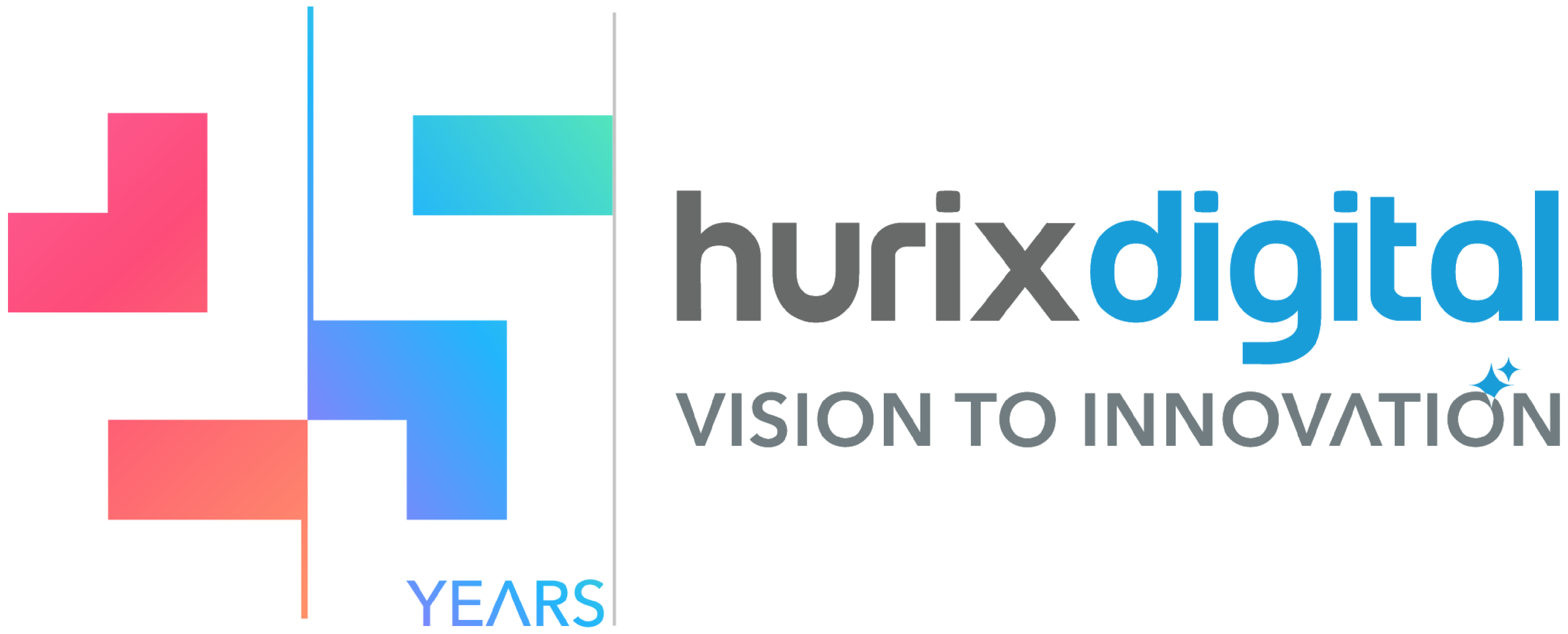The post-pandemic era has accelerated the adoption of technology in education, transforming how students learn and educators teach. Digital Trends in K-12 education are reshaping traditional classrooms into dynamic, interactive, and personalized learning environments, ensuring better engagement and accessibility for all learners.
One of the key Digital Trends in K-12 is the rise of hybrid and blended learning models, combining in-person instruction with digital tools to create a more flexible and student-centric approach. Virtual classrooms, AI-driven assessments, and gamified learning experiences are becoming essential components of modern education, catering to diverse learning needs.
Another significant trend is the increasing use of data analytics and adaptive learning technologies. Schools now leverage AI-powered platforms to track student progress, personalize learning paths, and provide real-time feedback. These advancements enhance student outcomes by making education more responsive and tailored to individual strengths and weaknesses.
Moreover, the emphasis on digital literacy and cybersecurity has grown, ensuring that both students and educators are equipped with the skills to navigate the digital world safely and effectively. Digital Trends continue to evolve, paving the way for more inclusive, engaging, and future-ready learning experiences.
Our whitepaper explores how these technological advancements are shaping the future of education. Download now to gain insights into the latest Digital Trends in K-12 and learn how schools can adapt to this new era of learning.
 Upcoming Masterclass | Build an Army of Brand Evangelists using Training & Development | November 20th, 8:30 AM PDT | 11:30 AM EDT | 10:00 PM IST
Upcoming Masterclass | Build an Army of Brand Evangelists using Training & Development | November 20th, 8:30 AM PDT | 11:30 AM EDT | 10:00 PM IST
